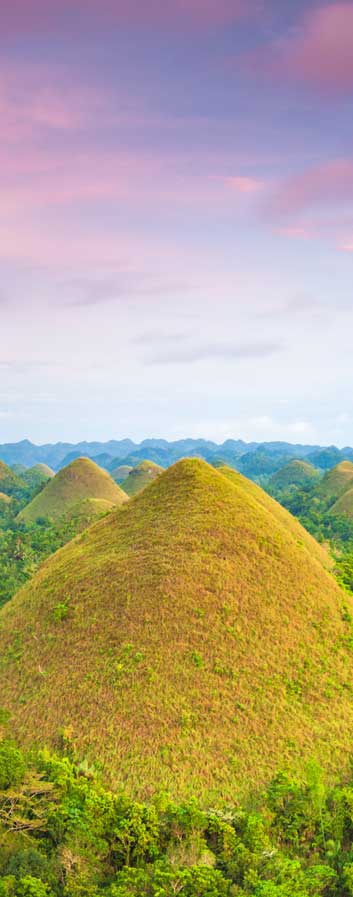Mani Bhavan
Located in South Mumbai, Mani Bhavan served as the residence of Mahatma Gandhi in Mumbai (then Bombay) during the Indian freedom struggle. Located on Laburnam Road near Wilson College, Mani Bhavan is among the most popular and significant memorials associated with the Mahatma. Gandhi Memorial’s. The Bhavan served as the Mahatma’s base from 1917 to 1934.
It was from this bhavan that Mahatma Gandhi conceived and directed movements like Non-Cooperation movement, Swadeshi and Khilafat agitation. The Mahatma’s association with Charkha, the symbol of Indian freedom struggle, also started from Mani Bhavan. The two-storey building was owned by Revashankar Jagjeevan Jhaveri and before that by the Mani family. The building came under the management of Gandhi Smarak Nidhi in 1955.
Besides being a memorial to Mahatma Gandhi, the monument also serves as a research institute in Gandhian thought and rural development for doctoral students. It houses a library with more than 20,000 books, periodicals, archives of Mahatma Gandhi’s work and associated subjects. Photographs of important events and persons in the Mahatma’s life line the walls. Mahatma’s photos as a child, images of his correspondence with Russian litterateur Leo Tolstoy and Jawaharlal Nehru are not to be missed.
The first floor also has an auditorium which screens films on the Mahatma and also plays recordings of his speeches. The room used by the Mahatma on the second floor has been preserved and displays his belongings. The spinning wheels, wooden slippers, writing desk, fan, wooden staff and the mattress used by the Mahatma to sleep on the floor can still be seen in the room.
Entry is barred but the room can be seen through glass partitions. A gallery on the second floor showcases important events from the Mahatma’s life through 28 tableaux made by Smt. SushilaGokhalePatel. On the terrace of the bhavan, there is a bronze inscription indicating Gandhiji’s arrest on January 4, 1932. Mani Bhavan figures high on itineraries of tourists especially foreigners. In November, 2010 US President Barack Obama visited the Bhavan. Martin Luther King Jr, the US civil rights leader, who visited the Bhavan in the 1950s.



































